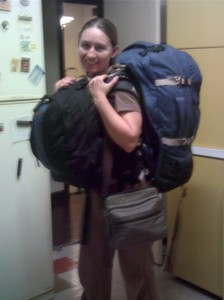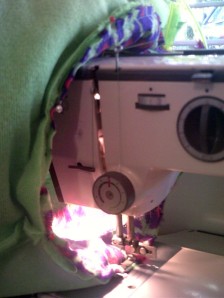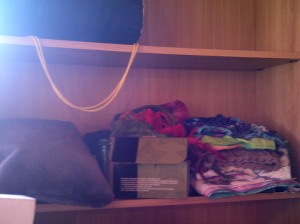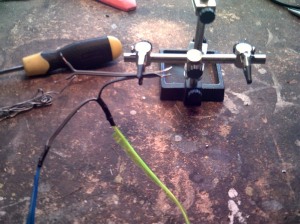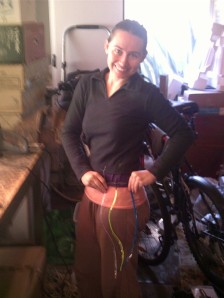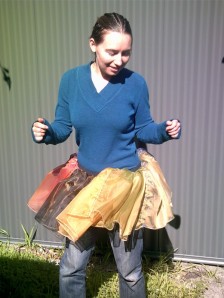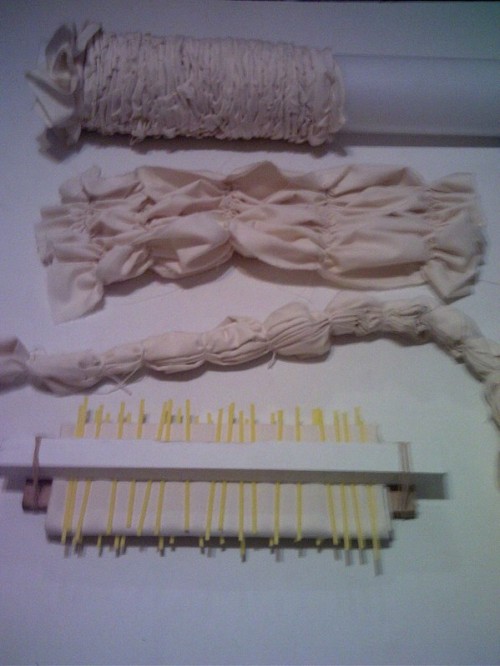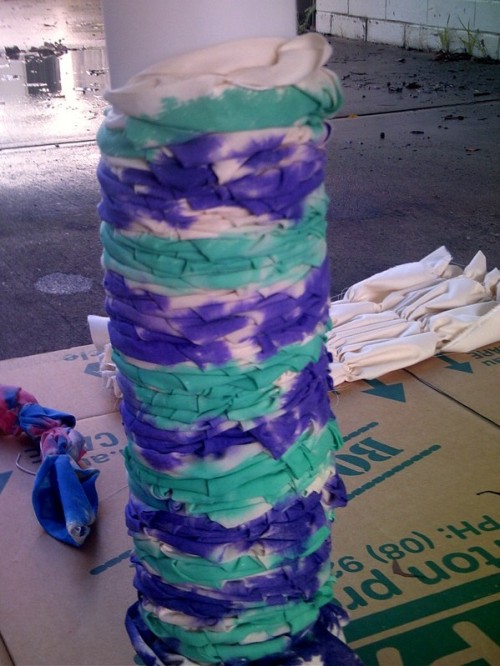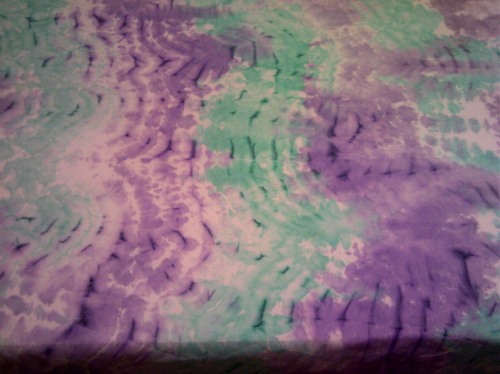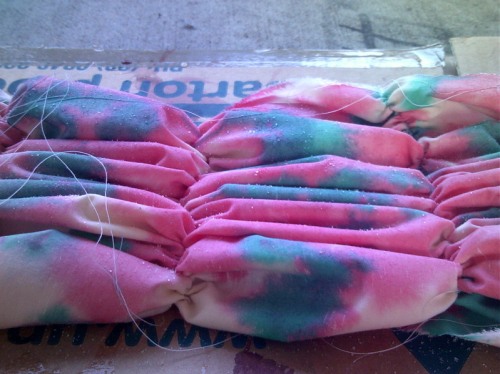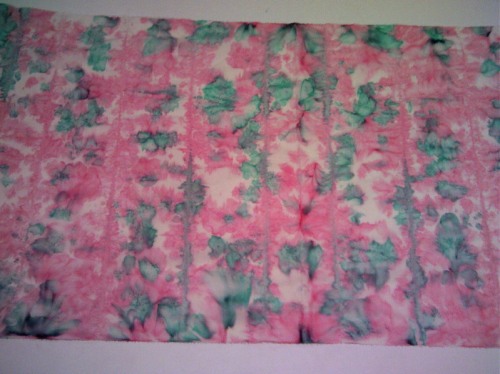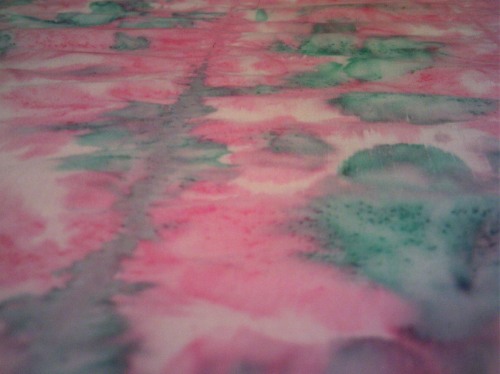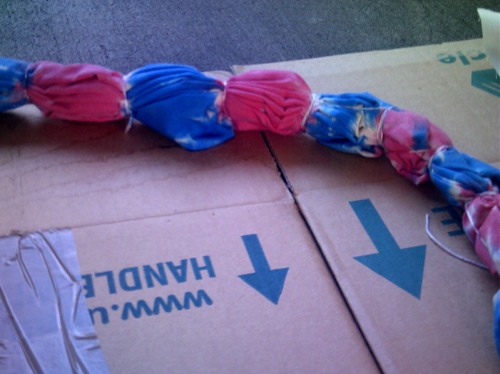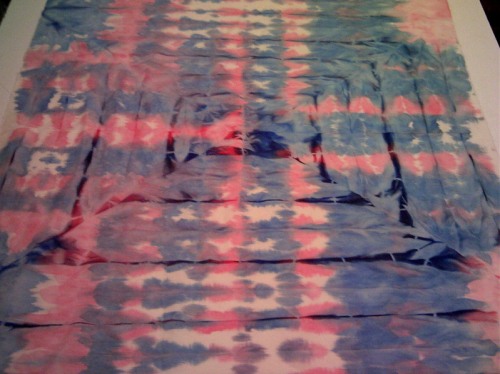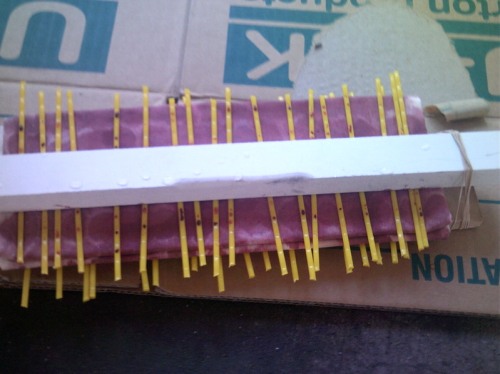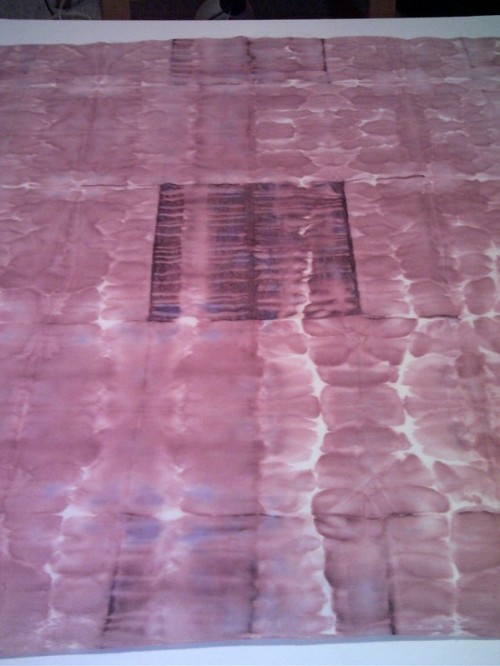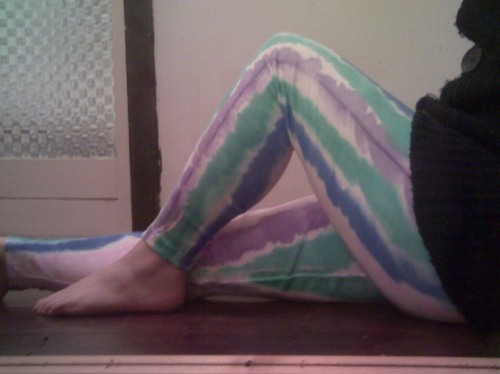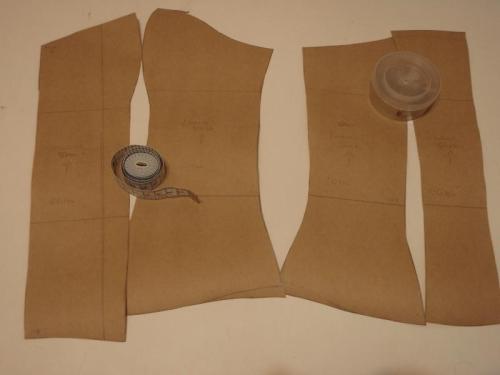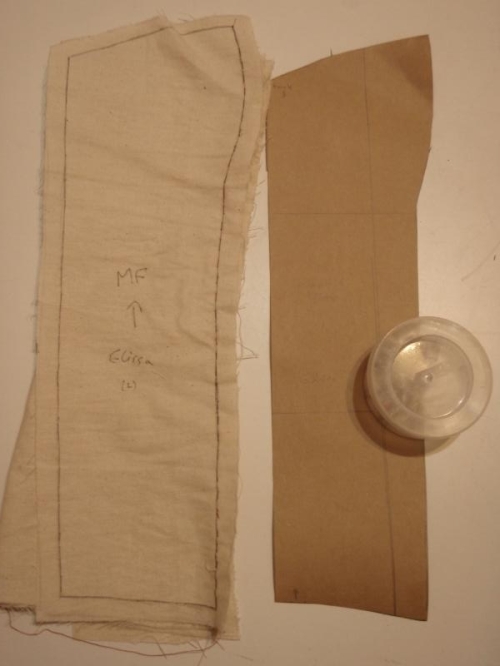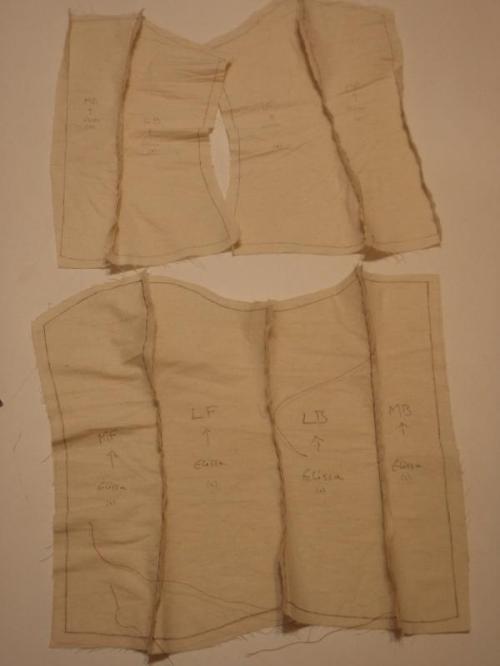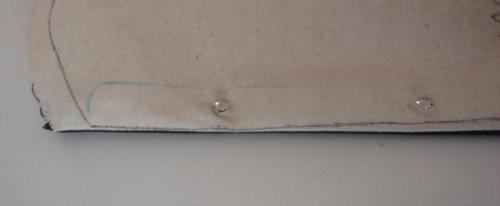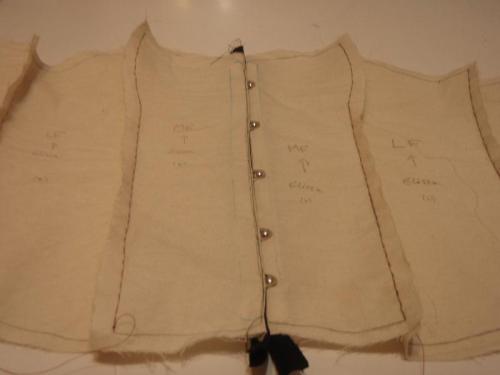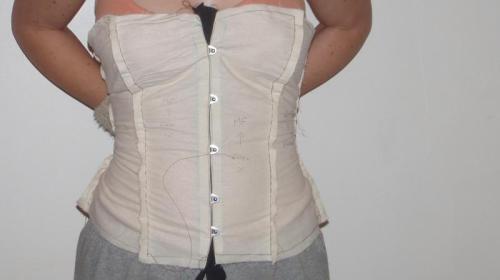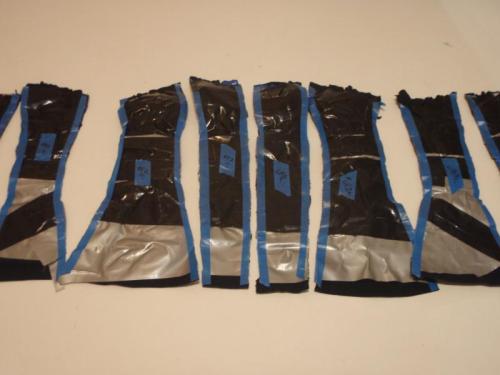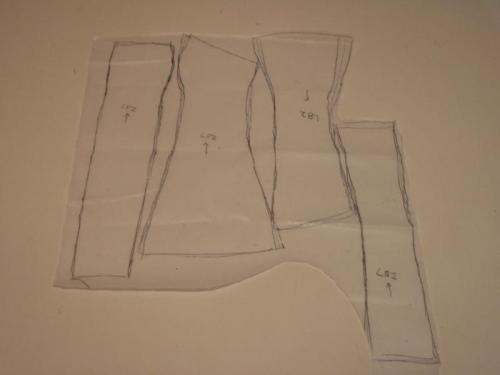Sometimes it seems like documenting ones life publicly has become the cultural norm. With blogging, Facebook, Instagram, Twitter, Tumblr and more, it seems as if everyone is there, putting their lives out for the world to see.
At uni I did a unit on autoethnography, which I really enjoyed. I feel like blogging is the autoethnographic form for the 21st Century, and something I’d quite like to do. Except for the minor technical hitch that life tends to get in the way. It’s not surprising that Facebook, Instagram, Twitter and Tumblr all tend towards short text or image based content. Long form, thoughtful writing – which, I think, autoethnography ought to be – takes time and concentration, both of which are scarce in the chaos of daily life.
Which is how, despite my initial grand plans for documenting and reflective writing and so on, I find myself 36 weeks pregnant, with not one word written about the experience. Even though writing about it was something I wanted to do all along, even though I thought of things to write about, even though I haven’t been working for three weeks now. When I stopped work unexpectedly early, thanks to a rather unexpected redundancy, I had grand plans for what I would do with all that “extra time”, but alas, writing was just one of a host of things that moved from the “I wish” list onto the already crowded “to do” list. The complex logistical project that is preparing for a baby is just one of those things I wanted to write about, but I also have to implement that project – researching, shopping, getting educated, making decisions, clearing out and reorganising the house, jumping through bureaucratic hoops (lookin’ at you, myGov), jumping through medical hoops (yay, gestational diabetes), etc, etc.
So, yeah.. I think the hardest part is getting started, which I’ve kinda now done. Will that do the trick and get things rolling? Or will the looming (but uncertain) deadline push all but the essentials off the list? Hopefully I can manage a bit of both.

